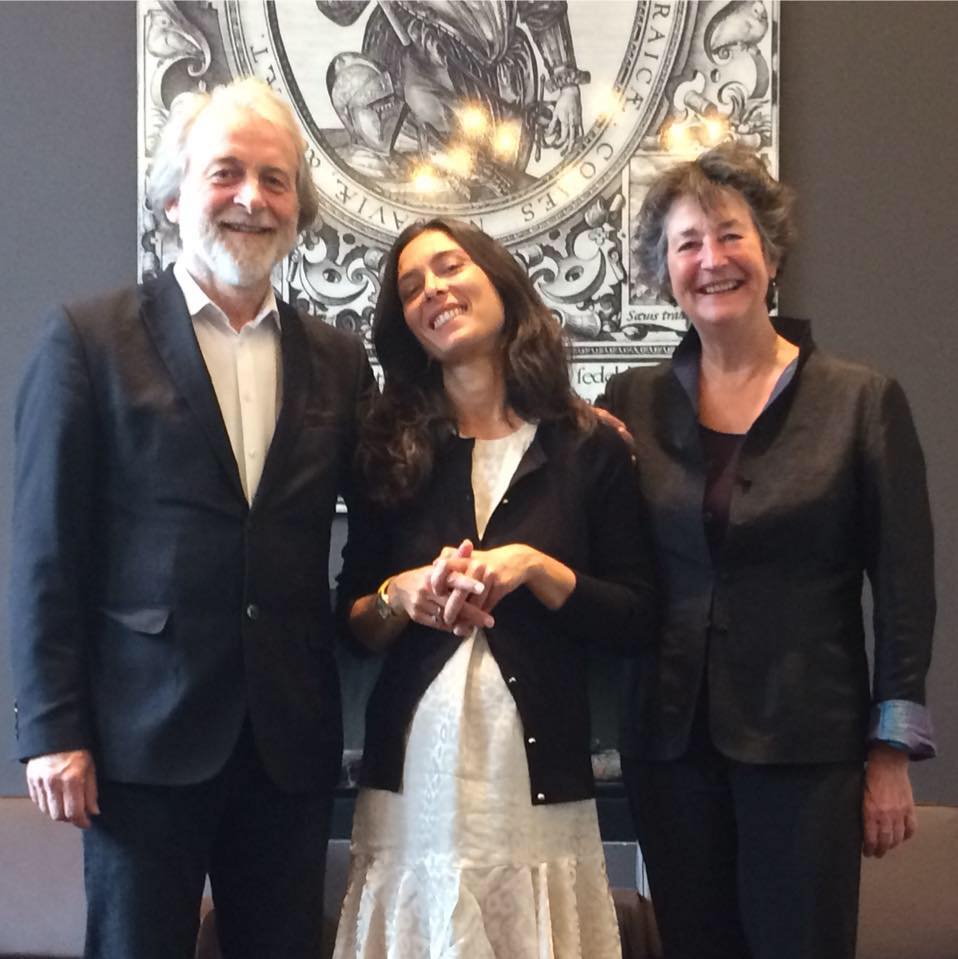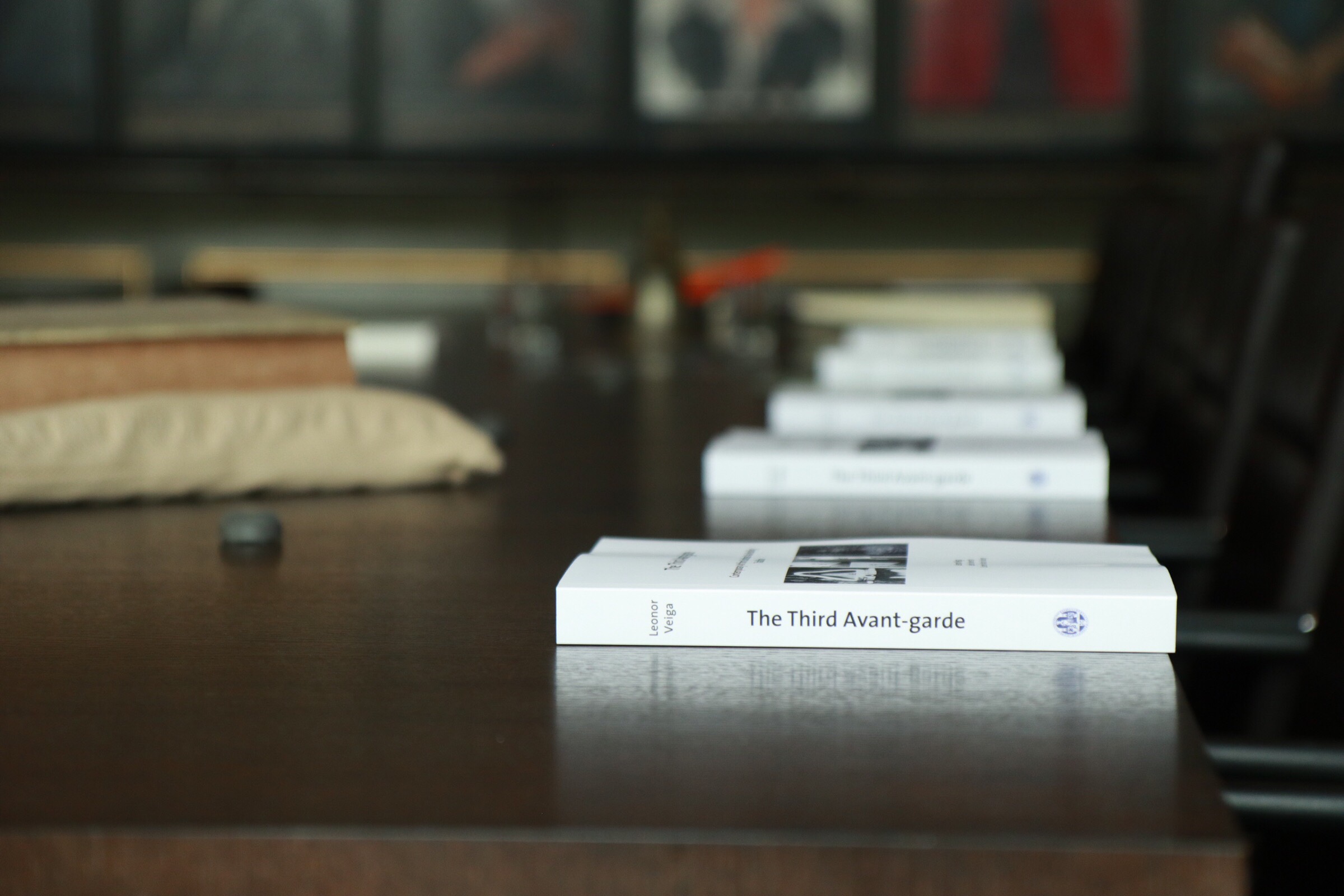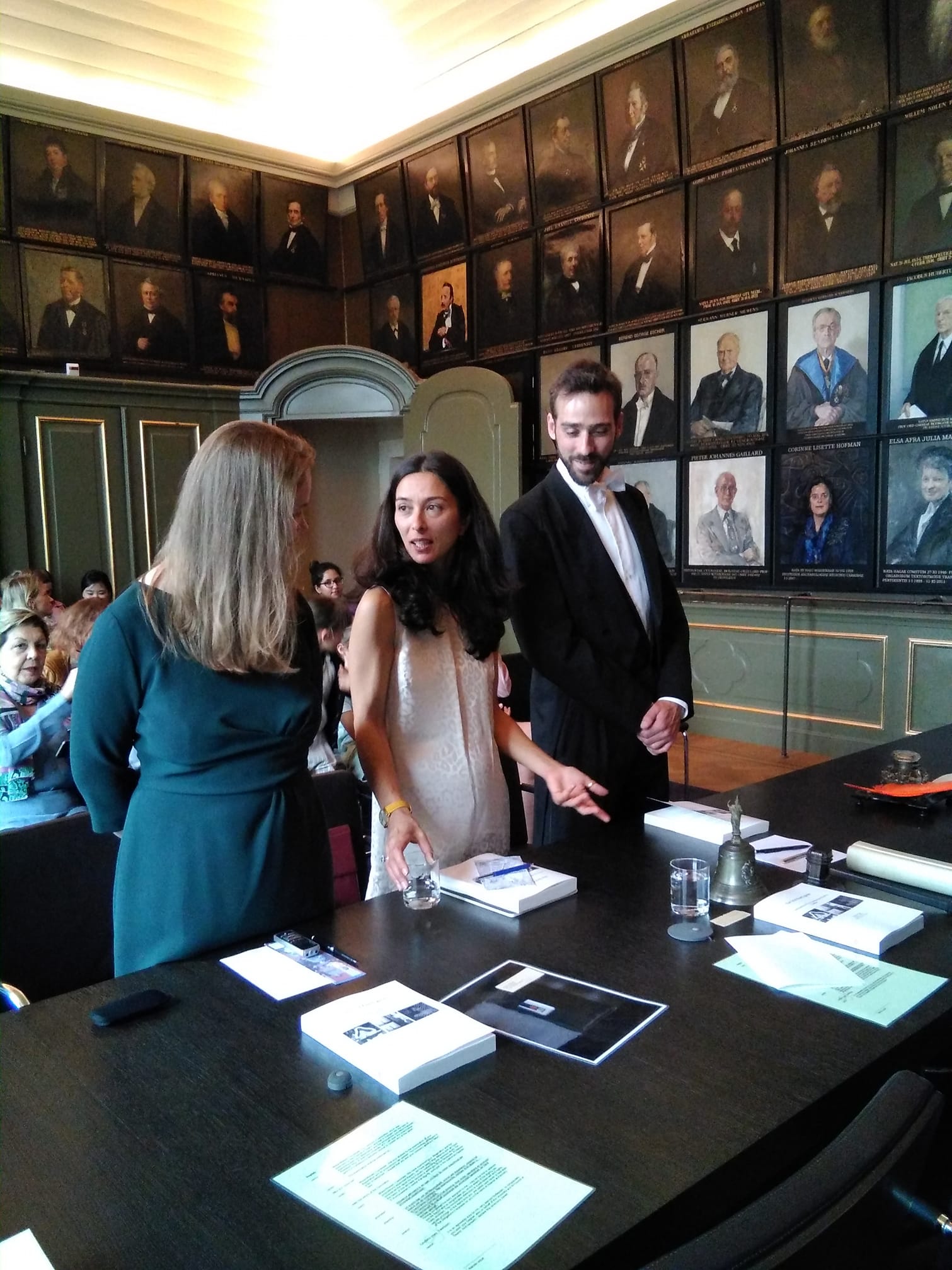A PhD, Like Life, Is A Process
For Leonor Veiga, a PhD is a metaphor for life. It is an exercise of resilience, a journey, a process with many up and down moments, and fast and slow phases. Through this balance, she feels, writing surges. In this post, Leonor reflects on her experience.
Writing a PhD was the most liberating exercise I have ever experienced in life. While the final work results from my personal life stories, my mission was to support Southeast Asian artists project their voice in art historical terms. For that, I had the privilege to be guided by two outstanding Leiden Professors, Dutch art historian Kitty Zijlmans, who acted as my supervisor and Dutch anthropologist Pieter ter Keurs, who acted as co-supervisor. Through my dissertation the boundaries between the two disciplines were broken, and instead became a space of mutual convergence and understanding. To come up with the final result, I had to learn a lot of new things but, most importantly, I had to unlearn many theoretical insights that had been handed down to me through institutional education. This is what Jacob Barnet also advocates in his inspiring TedTalk “Forget What You Know”. This process requires humility and readiness to “kill your darlings”, like Kitty used to say.

The Dream Team. From left to right, Prof. Dr Pieter ter Keurs, myself and Prof. Dr. Kitty Zijlmans.
It was by chance that I found the books that guided my process. So, the trick is: just keep going. A PhD, like life, is a process. Leiden was the (im)perfect environment for this. While Southeast Asian contemporary art does not abound here, the university and the town revealed themselves as “zones of contact” between cultures, which in turn were embodied through the people, and outstanding museums, libraries, research centers, and archives.
Doing a PhD Dissertation in the age of internet made a huge difference. The shared culture of digital databases and social media helped me overcome distances between Leiden, Lisbon and Southeast Asia. Without the internet, it would have been hard to talk with artists so often, listen to their thoughts and make a significant part of my research. Serviced apartments for instance, enabled me to travel to several places in Europe to see biennales at an affordable price. So, this is a good time to do a PhD.
A PhD is equally an act of self-healing. Through the reprocess of all my references, it allowed me to grow into fully owning my values and beliefs. But the process is arduous, laborious, and many times we are overwhelmed by it. So, it also asks for full commitment while requiring a compassionate attitude toward ourselves and those around us. I, in this regard, have to thank my mother who assisted me in the final writing stages by cooking for me, doing the dishes for me, and taking care of my clothes. I did make my bed every day, because as American Admiral McRaven expressed in University of Texas, “if by any chance you have a miserable day [of writing], you came home to a bed that is made”.
Finalizing the PhD is said to be the worst part of the process. I disagree with this reading. While it was laborious, I enjoyed crafting it. While the dissertation results from weaving various disciplines and theoretical insights that preceded my own, in the final stages I felt many times that I was embroidering. The delicacy of this stages of fine-tuning and perfecting were a result of a labor of love which hopefully pays tribute to Southeast Asian arts, crafts, and histories.
I am honored that in such a fast-paced world, in which PhD’s are becoming increasingly common and done in shorter periods, I have had the chance to develop a dissertation of bygone times. Had I had an extra year of funding and it would have come out as the book I so want to publish, the Third Avant-garde. This is only a dissertation yet, from it, many things can spring. The resulting embroidery tries to be a Southeast Asian crafted work.

The dissertation in book form at the defense day.
I have to thank to all the academic and artistic community that I met throughout my journey in several locations for their time and interest in my work. The “cherry on top” is the defense: it is a very ceremonial day, filled with tradition and grace. From the Paranymphs, Jacqueline Hylkema and Max van Duijn to the Pedel and the Senate Chamber, where finally many women’s portraits are hanging on the walls, it is a very sophisticated ceremony. I am honored to be a Doctor from Leiden University in the 21st century.

The ceremony at the Senate Chamber, in the Academy Building. From left to right, Jacqueline Hylkema, myself and Max van Duijn.
More pictures of the defense can be found here.
© Leonor Veiga and Leiden Arts in Society Blog, 2018. Unauthorised use and/or duplication of this material without express and written permission from this site’s author and/or owner is strictly prohibited. Excerpts and links may be used, provided that full and clear credit is given to Leonor Veiga and Leiden Arts in Society Blog with appropriate and specific direction to the original content.

.jpg)

0 Comments